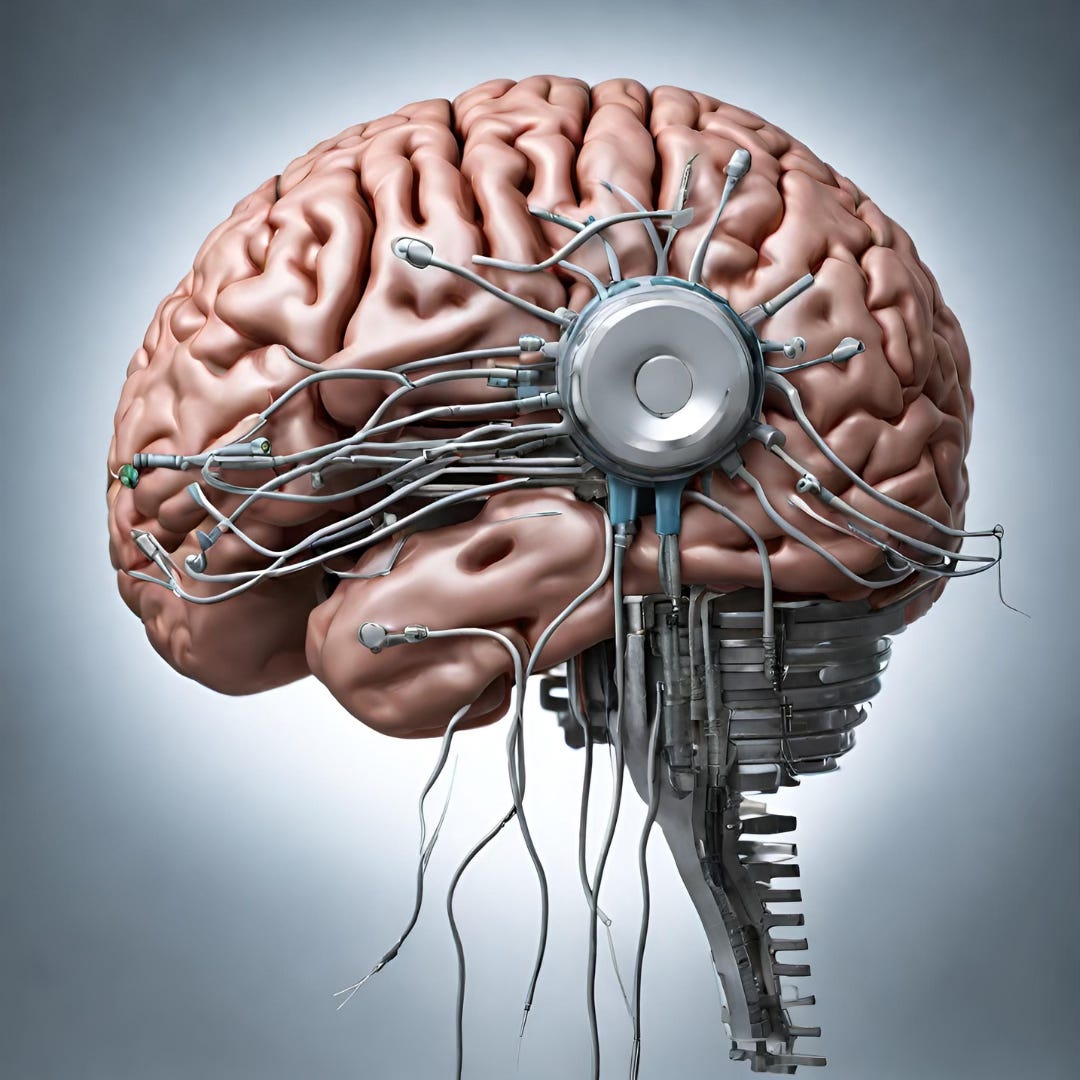The high points:
In the last week of January Elon Musk announced first successful human Neuralink implant
This technology effectively uses brain activity to allow users to operate technology using thoughts alone
There are several companies developing this tech, with some already in clinical trials and there are ways of getting exposure to these right now
The thematic:
Arthur C Clarke once wrote “Any sufficiently advanced technology is indistinguishable from magic”, and now that Elon Musk has announced that people can literally control computers with their mind I’m beginning to see his point.
The rundown of Neuralinks’s technology is this,
the device is the size of five stacked coins and has an array of ultra-thin wires, roughly 20 times thinner than human hair, fanning into the patient's brain.
This brain-computer interference (BCI) chip or ‘brain machine’, monitors brain activity and stimulates the part of the brain that controls the intention to move.
Neuralink's initial goal is to enable people to control a computer cursor or keyboard using their thoughts alone.
The company's long-term ambition is to treat neurological disorders like amyotrophic lateral sclerosis (ALS) or Parkinson's disease.
In late January Musk announced that following FDA approval for human trials, and apparently successful animal based trails, Neuralink completed its first successful human implant. As you would expect, Musk was characteristically humble about it and announced early indications that the patient was recovering well and had demonstrated early signs of “promising neuron spike detection”—a reference to brain cells’ electrical activity.
While very interesting, it’s extremely early days and there’s clearly a long road ahead to refine the technology. It’s also worth noting that although Musk captures a lot of headline space, Neuralink isn't the only company developing this.
Other competitors in the brain implant space include Blackrock Neurotech, and Synchron. Interestingly enough Synchron actually announced their first successful brain implant back in 2022, though its sounds much less invasive than the Neuralink BCI.
Getting Exposure:
Neuralink is backed by Peter Theil’s Founders Fund. Founders Fund also backed Blackrock Neurotech, along with Christian Angermayer’s Aperion Investments.
Synchron are actually an Australian company (now based in New York) and are backed by ARCH Venture Partners , Gates Frontier Fund and Bezos Expeditions, among others.
If you think this sort of technology looks interesting and if you (like most of us) don’t currently have access to these funds, there might be other ways of getting exposure.
There are also a number of public companies currently developing neuro technology for therapeutic purposes. These include the following NASDAQ listed companies:
META owned CTRL-Labs, who are focused on enabling individuals to control computers with their minds.
NeuroPace, who specialise in in neurostimulation technology for seizure patients
Trimble Inc. aims to broaden access to BCIs in the architecture, engineering and construction (AEC) industries
Final thoughts:
This was a very brief snapshot of brain implant technology, which has the potential to greatly enhance the live of people living with serious disabilities. While early days, there seem to be signs that the technology shows promise and there are several companies that are showing some early signs of success. Most of the funding is currently coming from closed venture capital funds, however, there are some listed companies which might be able to offer exposure.



